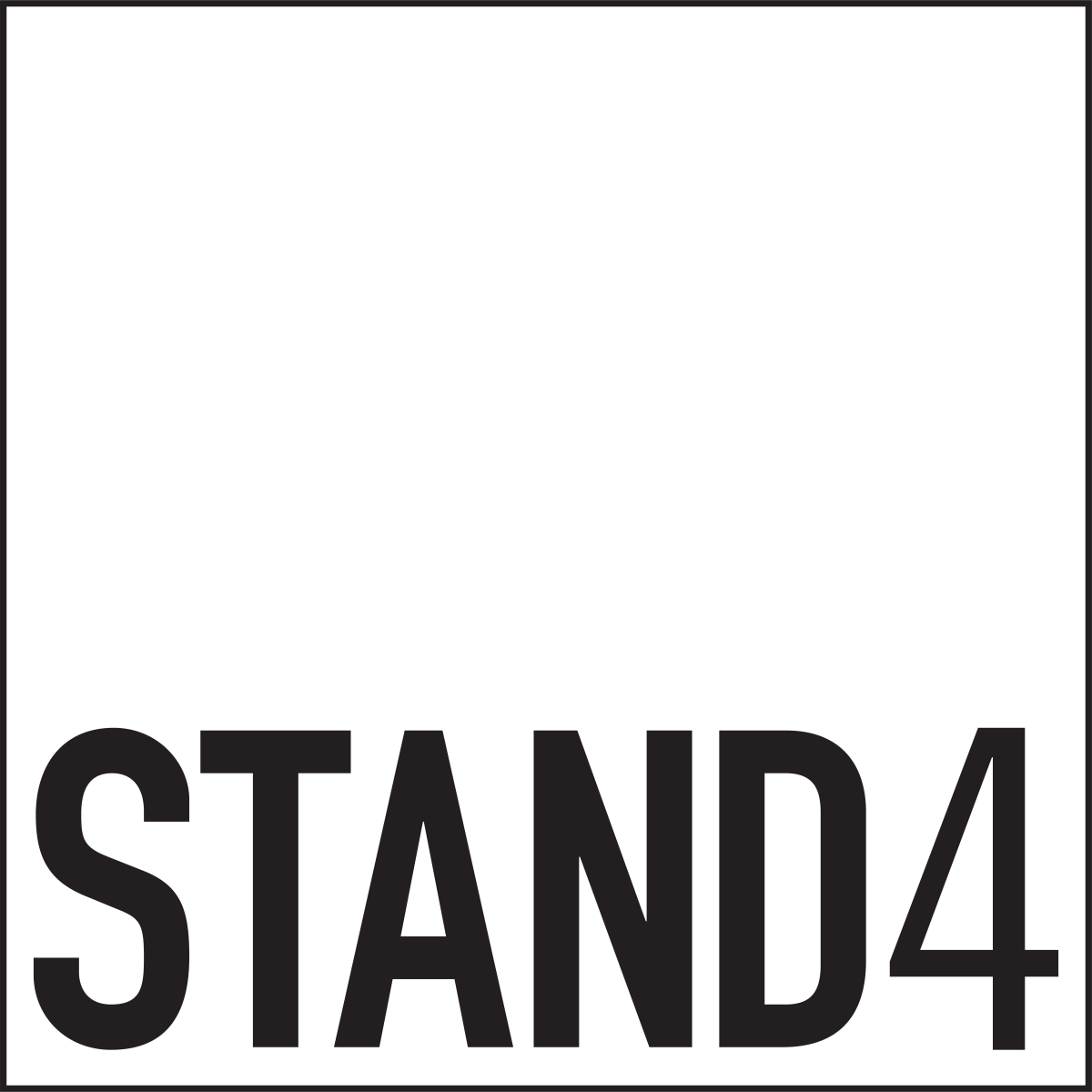A Grey Field of Otherwise
Works by James Cullinane
curated by Jeannine Bardo
May 27 – July 2, 2022
Opening Reception, Friday, May 27th, 7-9 PM
A Grey Field of Otherwise
Works by James Cullinane
Curated by Jeannine Bardo
The Human Abstract
Innocence shags experience and I'll never grow.
Experience catches the dove, and I'm lost
I find you at this intimate pasture.
A number in a tree.
A grey field of otherwise.
Inventing a globe and a wheel
to turn it on.
Inventing a dress and the bird
it remembers.
This you of my equal and never is a restoration.
Beside the elements when they broke into picture
this is my reference to the amity of sand.
—Elizabeth Willis
Inspired by the poetic abstraction of language that bears into life’s essence, James Cullinane creates a collection of visual abstractions that begin with disparate images such as charts, textbook illustrations, and architectural diagrams that unfold into the realm of visual poetic improvisations through the artistic process.
These images are only a starting point. A place for an active mind to rest. A place for centering before moving on to the picture plane in thought and action. Cullinane is a collector, and like most avid collectors, he amasses interests not in the material, but in ideas. His collections come from far-flung imagery, literary text, historical text, and the embroiled machinations of our contemporary society, an accumulation stored away to be reborn as a hybrid of ideas that form an abstract image.
Cullinane cites poetry often and this is no surprise. Poets find ways to condense the beauty and complications of living, all of it, the mess, the wonder, the horror, the joy…into a work that can speak across time and experience.
His use of materials and his body do the same. His very physicality and the means by which he keenly engages his senses, are what make Cullinane’s corporeal images. His breath is used to spray ink across the surface, his hand is used to cut and collage and make marks from expressionist lines to a galaxy of obsessive dots and tiny circles. Cullinane’s addition of map pins, and string add another dimension to the picture plane. The map pins are pushed or hammered onto the surface, a substantial action that adds a three-dimensional repeat of the circle, a shape drawn with passion that runs through so much of his imagery. The pins create shadows and, when sprayed with ink create negative space, adding a natural balance and serenity amid a cacophony of marks. Like Elizabeth Willis’ use of words-as-particles snatched from her observed universe and brought to form as poetry, James Cullinane’s drawings and paintings incorporate the grey area, where nothing seems to be decided, onto a field of otherwise and a new form of visual imagery.
